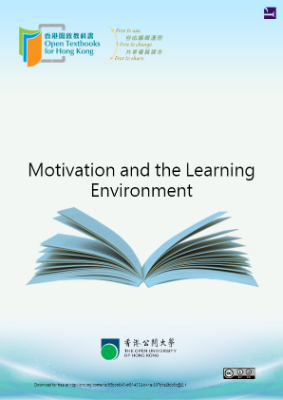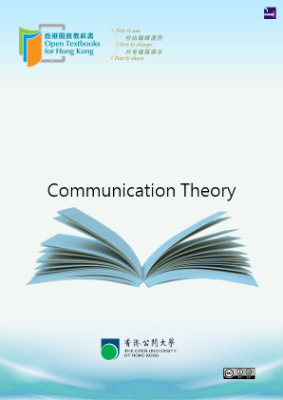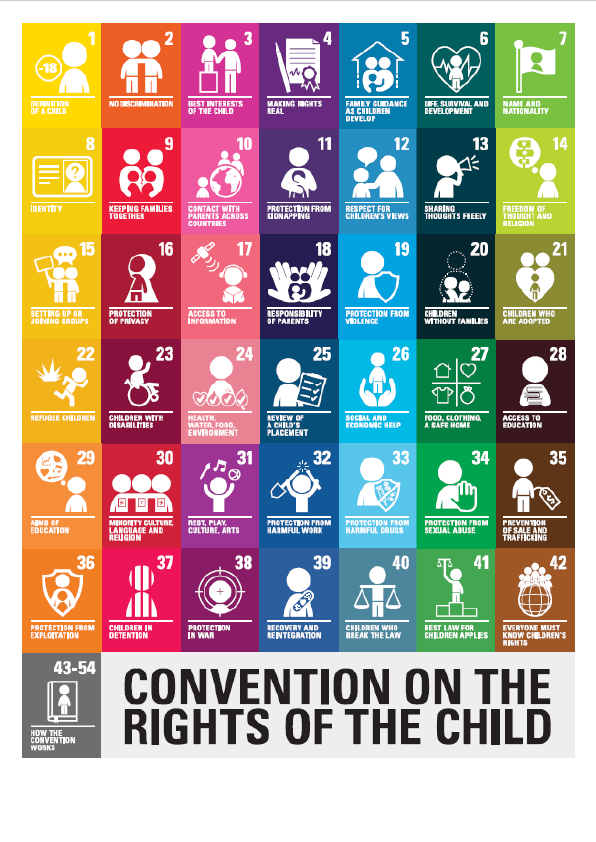Motivation: An Introduction
Not so long ago, a teacher named Barbara Fuller taught general science to elementary students, and one of her units was about insects and spiders. As part of the unit she had students search for insects and spiders around their own homes or apartments. They brought the creatures to school (safely in jars), answered a number of questions about them in their journals, and eventually gave brief oral reports about their findings to the class. The assignment seemed straightforward, but Barbara found that students responded to it in very different ways. Looking back, here is how Barbara described their responses:
“I remember Jose couldn’t wait to get started, and couldn’t bear to end the assignment either! Every day he brought more bugs or spiders—eventually 25 different kinds. Every day he drew pictures of them in his journal and wrote copious notes about them. At the end he gave the best oral presentation I’ve ever seen from a third-grader; he called it ‘They Have Us Outnumbered!’ I wish I had filmed it, he was so poised and so enthusiastic.
“Then there was Lindsey—the one who always wanted to be the best in everything, regardless of whether it interested her. She started off the work rather slowly—just brought in a few bugs and only one spider. But she kept an eye on what everyone else was bringing, and how much. When she saw how much Jose was doing, though, she picked up her pace, like she was trying to match his level. Except that instead of bringing a diversity of creatures as Jose was doing, she just brought more and more of the same ones—almost twenty dead house flies, as I recall! Her presentation was OK—I really could not give her a bad mark for it, but it wasn’t as creative or insightful as Jose’s. I think she was more concerned about her mark than about the material.
“And there was Tobias—discouraging old Tobias. He did the work, but just barely. I noticed him looking a lot at other students’ insect collections and at their journal entries. He wasn’t cheating, I believe, just figuring out what the basic level of work was for the assignment—what he needed to do was simply to avoid failing it. He brought in fewer bugs than most others, though still a number that was acceptable. He also wrote shorter answers in his journal and gave one of the shortest oral reports. It was all acceptable, but not much more than that.
“And Zoey: she was quite a case! I never knew whether to laugh or cry about her. She didn’t exactly resist doing the assignment, but she certainly liked to chat with other students. So she was easily distracted, and that cut down on getting her work done, especially about her journal entries. What really saved her—what kept her work at a reasonably high level of quality—were the two girls she ended up chatting with. The other two were already pretty motivated to do a lot with the assignment—create fine looking bug collections, write good journal entries, and make interesting oral presentations. So when Zoey attempted chitchat with them, the conversations often ended up focusing on the assignment anyway! She had them to thank for keeping her mind on the work. I don’t know what Zoey would have done without them.”
As Barbara Fuller’s recollections suggest, students assign various meanings and attitudes to academic activities—personal meanings and attitudes that arouse and direct their energies in different ways. We call these and their associated energizing and directing effects by the term motivation, or sometimes motivation to learn. As you will see, differences in motivation are an important source of diversity in classrooms, comparable in importance to differences in prior knowledge, ability, or developmental readiness. When it comes to school learning, furthermore, students’ motivations take on special importance because students’ mere presence in class is (of course) no guarantee that students really want to learn. It is only a sign that students live in a society requiring young people to attend school (Seifert and Sutton, 2011).











